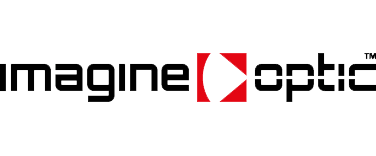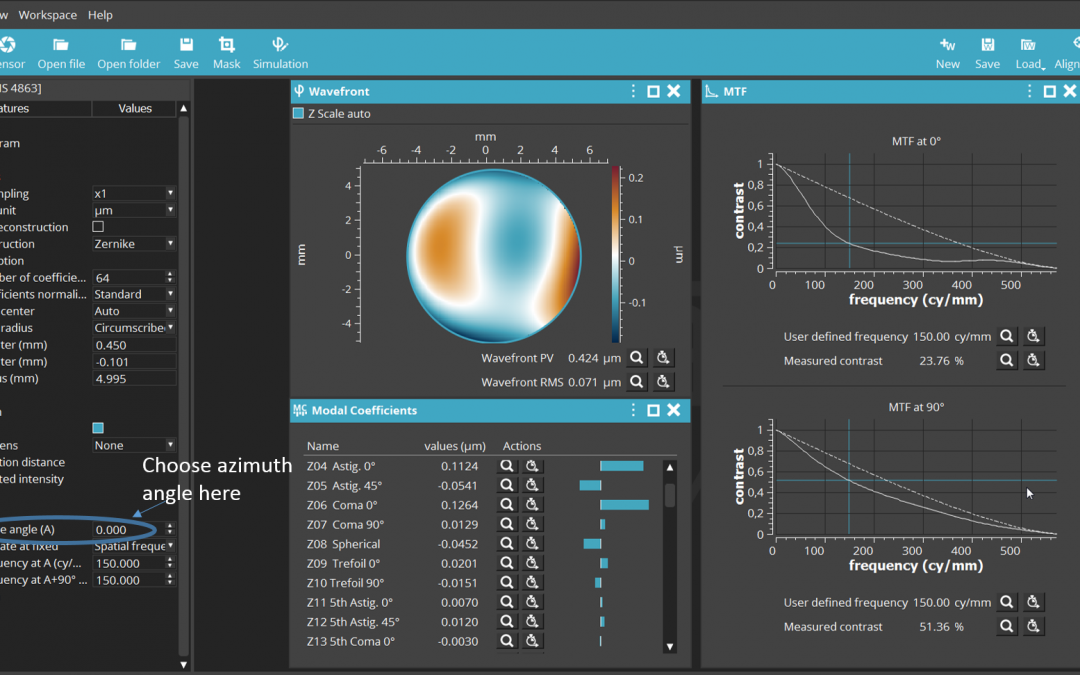Shack-Hartmann wavefront sensors are widely used in various fields of optics, such as astronomy, ophthalmology, and microscopy, due to their numerous benefits. These sensors can measure wavefront distortions caused by atmospheric turbulence, optical aberrations, or other factors with high accuracy and sensitivity, making them a valuable tool for adaptive optics systems. Those sensors are also non-invasive and provide real-time measurements, making them ideal for measuring wavefronts in living tissue. Additionally, these sensors can be easily integrated into optical systems, and their compact size and low power consumption make them suitable for field use. Overall, S-H wavefront sensors are a versatile and powerful tool for precise wavefront analysis and have a wide range of applications in the field of optics.
If you’re interested in finding out more about our line of Shack-Hartmann wavefront sensors, check out this amazing specs table, and you can reach us at sales@imagine-optic.com or through the contact form.

